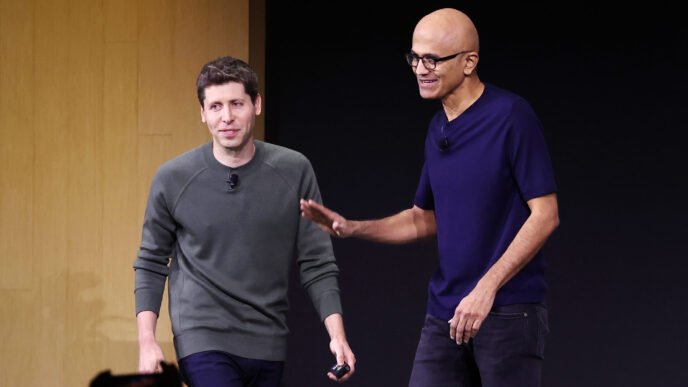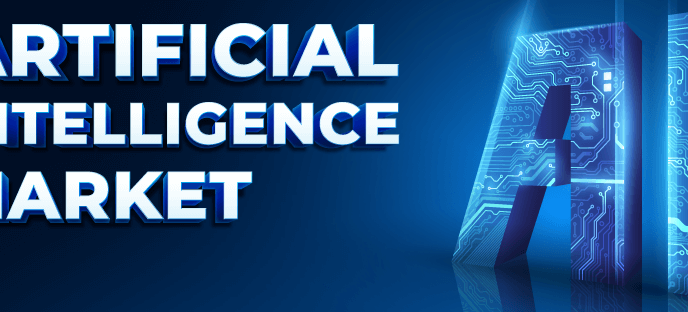The world of artificial intelligence (AI) is buzzing with innovation, yet it’s plagued by fragmentation and complexity. Enter the Model Context Protocol (MCP), a game-changing framework introduced by Anthropic in November 2024. MCP promises to unify AI systems, streamline integration, and tackle ethical challenges like bias and transparency. Think of it as the “USB-C of AI”—a standardized plug connecting models, data, and tools seamlessly. In this 1500-word exploration, we’ll dive into MCP’s history, theory, applications, challenges, and future, revealing why it’s a cornerstone for the next era of AI.
What is MCP and Why Does It Matter?
MCP isn’t just another tech acronym—it’s a standardized framework designed to make AI systems interoperable across platforms, applications, and data sources. Launched by Anthropic, a leader in ethical AI, MCP addresses the chaos of custom integrations that slow development and breed inconsistency. Its open-source ethos fosters collaboration, while its focus on ethics tackles real-world issues like algorithmic bias.
The Big Picture
- Launch Date: November 2024
- Creator: Anthropic
- Goal: Simplify AI integration and enhance ethical deployment
- Impact: Boosts productivity, democratizes AI, and reduces bias
Imagine a world where AI tools connect as easily as plugging in a charger. That’s MCP’s vision—and it’s already making waves.
Historical Roots: Why MCP Was Born
AI’s history is a tale of brilliance and messiness. Before MCP, developers wrestled with a patchwork of integration methods, each tailored to specific models or data sources. This led to inefficiencies, errors, and a fragmented ecosystem.
The Pre-MCP Struggle
- Custom Solutions: Every AI project needed bespoke code to link models with data.
- Inefficiency: Developers spent more time integrating than innovating.
- Bias Fallout: Algorithms like COMPAS, used in criminal justice, exposed ethical flaws—perpetuating racial biases due to skewed training data.
MCP emerged as a response to these woes, aiming to standardize connections and enforce fairness. Inspired by the simplicity of USB-C, it offers a universal protocol, cutting through the clutter of AI deployment.
Theoretical Backbone: How MCP Works
MCP isn’t just practical—it’s grounded in a robust theoretical framework blending formal verification and system design. Let’s break it down.
Key Components
- Symbolic Model Checking (SMC):
- Uses Binary Decision Diagrams (BDDs) to verify system reliability.
- Automates validation, reducing human error.
- Graphical Symbolic Modeling Toolkit (GSMT):
- A four-layer system (design, modeling, logic, code) for building and checking AI behaviors.
- Tackles state space explosion with efficient modeling.
- Specification Generation:
- Auto-generates rules to check properties like deadlock or reachability.
SMC vs. Traditional Methods
| Aspect | Symbolic Model Checking (MCP) | Traditional Methods |
| State Handling | Symbolic (BDDs), handles billions | Explicit, struggles with scale |
| Automation | High, minimal human setup | Low, manual effort heavy |
| Scalability | Excellent for complex systems | Limited by state explosion |
| Precision | Comprehensive, fewer oversights | Prone to missing interactions |
MCP’s theory ensures AI systems are not just connected but trustworthy—vital for applications like autonomous agents or enterprise tools.
Real-World Applications: MCP in Action
MCP isn’t theoretical fluff—it’s transforming how AI works in practice. Here’s how it’s boosting productivity and innovation.
- Supercharging Developer Tools
- Early Adopters: Companies like Block, Apollo, Zed, Replit, and Sourcegraph use MCP.
- Impact: AI models understand coding tasks better, generating context-aware code fast.
- Example: A developer at Zed connects an AI to a local codebase effortlessly, slashing task time.
- Bridging AI with Legacy Systems
- Problem: Old systems lagged behind AI advancements.
- Solution: MCP unifies databases, web searches, and email into one framework.
- Result: Reliable AI that queries local data or manages emails without custom hacks.
- Powering Autonomous Agents
- Feature: Maintains context across apps and services.
- Benefit: Turns passive AI into active problem-solvers.
- Use Case: An MCP-powered agent handles multi-step tasks—like drafting and sending reports—solo.
- Democratizing AI Access
- Open-Source Power: MCP encourages a community-driven ecosystem.
- Outcome: Lower costs, more innovation, and broader adoption.
From coding to task automation, MCP is making AI a seamless part of daily workflows.
Challenges: What’s Holding MCP Back?
No revolution comes without hurdles. MCP faces technical and market challenges that could slow its rise.
Technical Roadblocks
- Integration Woes: Debugging with models like Anthropic’s Claude is tricky.
- Maintenance Overhead: Rapidly changing tools and APIs demand constant updates.
- Benchmarks Missing: No clear metrics to prove MCP’s edge over rivals.
Market Dynamics
- Competition: OpenAI and Google push proprietary solutions, challenging MCP’s adoption.
- User Friction: Early adopters report a learning curve and integration hiccups.
These hurdles aren’t dealbreakers, but they’ll test MCP’s staying power.
Tackling Algorithmic Bias: MCP’s Ethical Edge
Bias in AI—like the COMPAS algorithm’s racial disparities—has sparked outrage and calls for reform. MCP steps up with ethical safeguards.
Strategies MCP Supports
- Diverse Data:
- Ensures training sets represent all groups, reducing underrepresentation.
- Bias Audits:
- Uses fairness metrics to spot and fix skewed outputs.
- Human Oversight:
- Keeps humans in the loop to judge fairness in sensitive areas like justice or hiring.
Bias Examples and Fixes
- Problem: Online hiring tools favor certain demographics.
- Fix: MCP-enabled audits rebalance data or adjust algorithms.
- Tools: IBM’s AI Fairness 360 or Google’s What-If Tool pair with MCP for transparency.
By baking ethics into its framework, MCP aims to make AI fairer and more accountable.
Ethical Implications: Trust and Transparency
MCP isn’t just about tech—it’s about building trust in AI. Here’s how it addresses ethical concerns.
Key Principles
- Transparency: Explains AI decisions to users and experts alike.
- Accountability: Holds developers liable for outcomes via clear policies.
- Privacy: Protects sensitive data with robust security.
Public Perception
- Excitement: Enthusiasm for AI’s potential grows.
- Skepticism: Fears of bias and misuse linger, as seen with COMPAS debates.
MCP’s open-source nature invites scrutiny, balancing innovation with responsibility.
Future Directions: Where MCP is Headed
MCP’s journey is just beginning. Its future promises broader impact and refinement.
What’s Next?
- Enhanced Features:
- Better remote support and complex agent workflows.
- Standardized authentication for seamless connections.
- Interdisciplinary Reach:
- Healthcare: Analyzing medical data with privacy compliance.
- Finance: Streamlining compliance and risk analysis.
- Community Growth:
- Open-source forums and tools driving innovation.
- Market value projected at $585.49 million by 2025.
Implementation Tips
- Start Small: Pilot MCP with a single team or project.
- Build a Hub: Create a Center of Excellence for MCP adoption.
- Iterate: Treat it as an ongoing process, not a one-off.
MCP’s evolution will hinge on community input and real-world testing—exciting times ahead!











